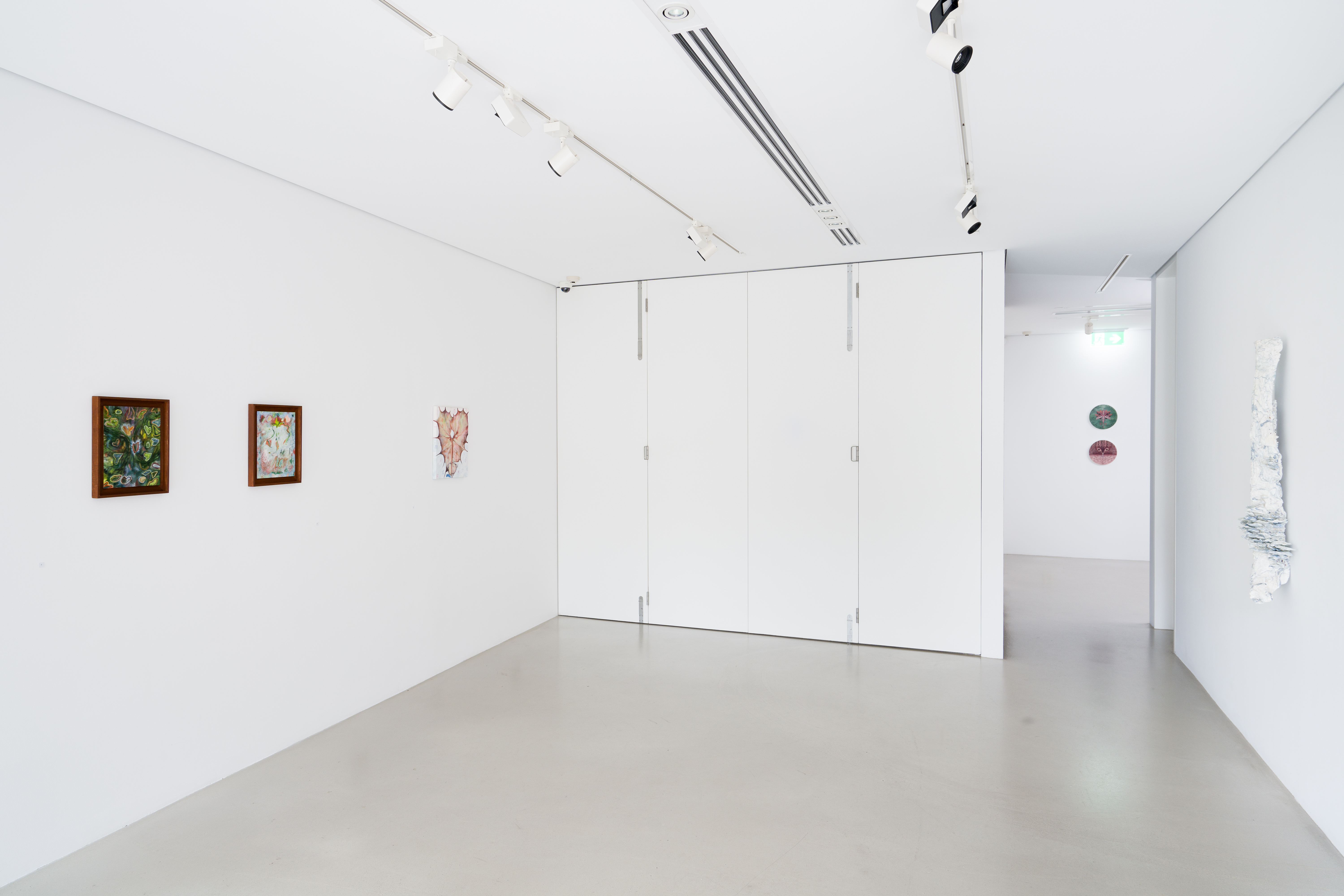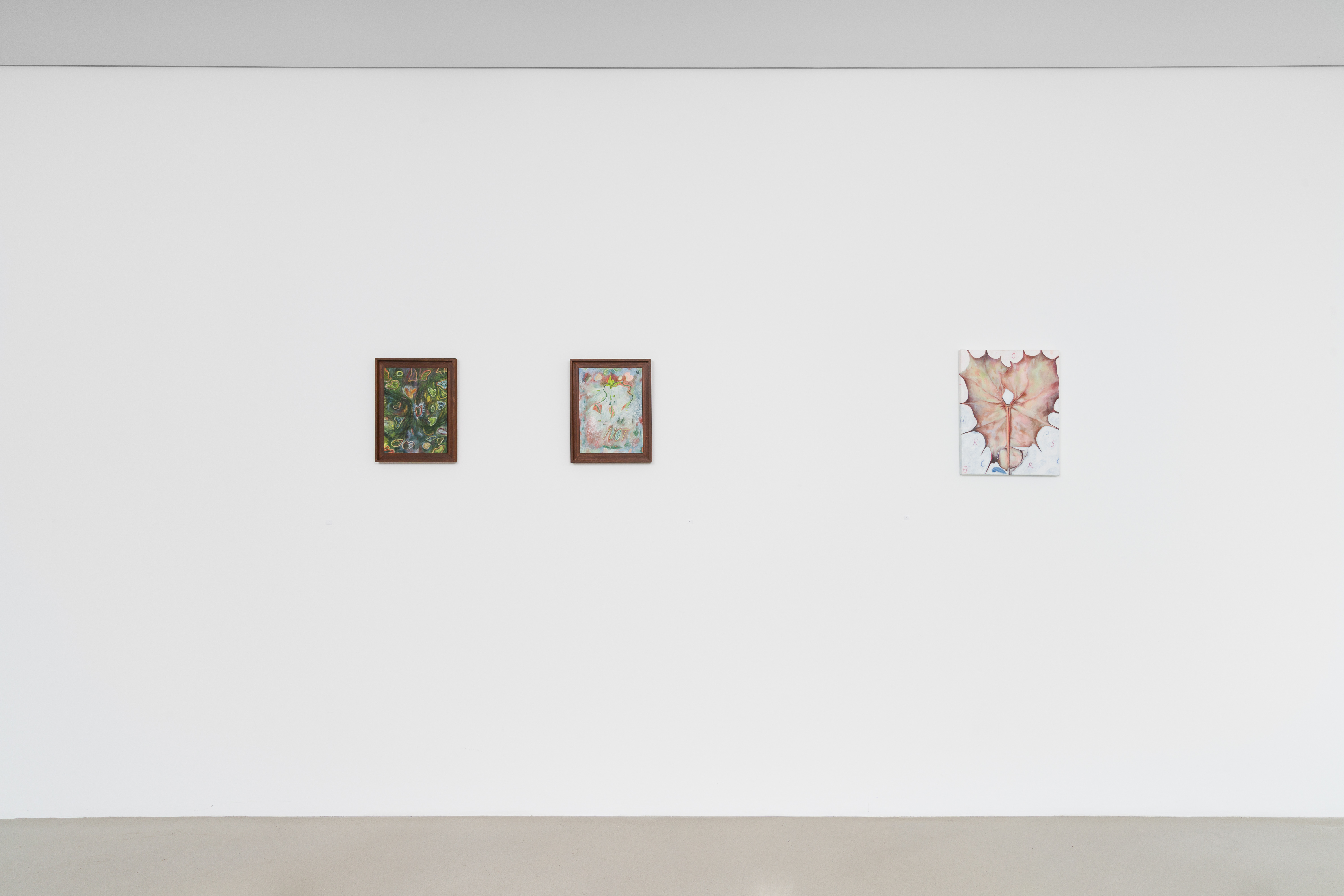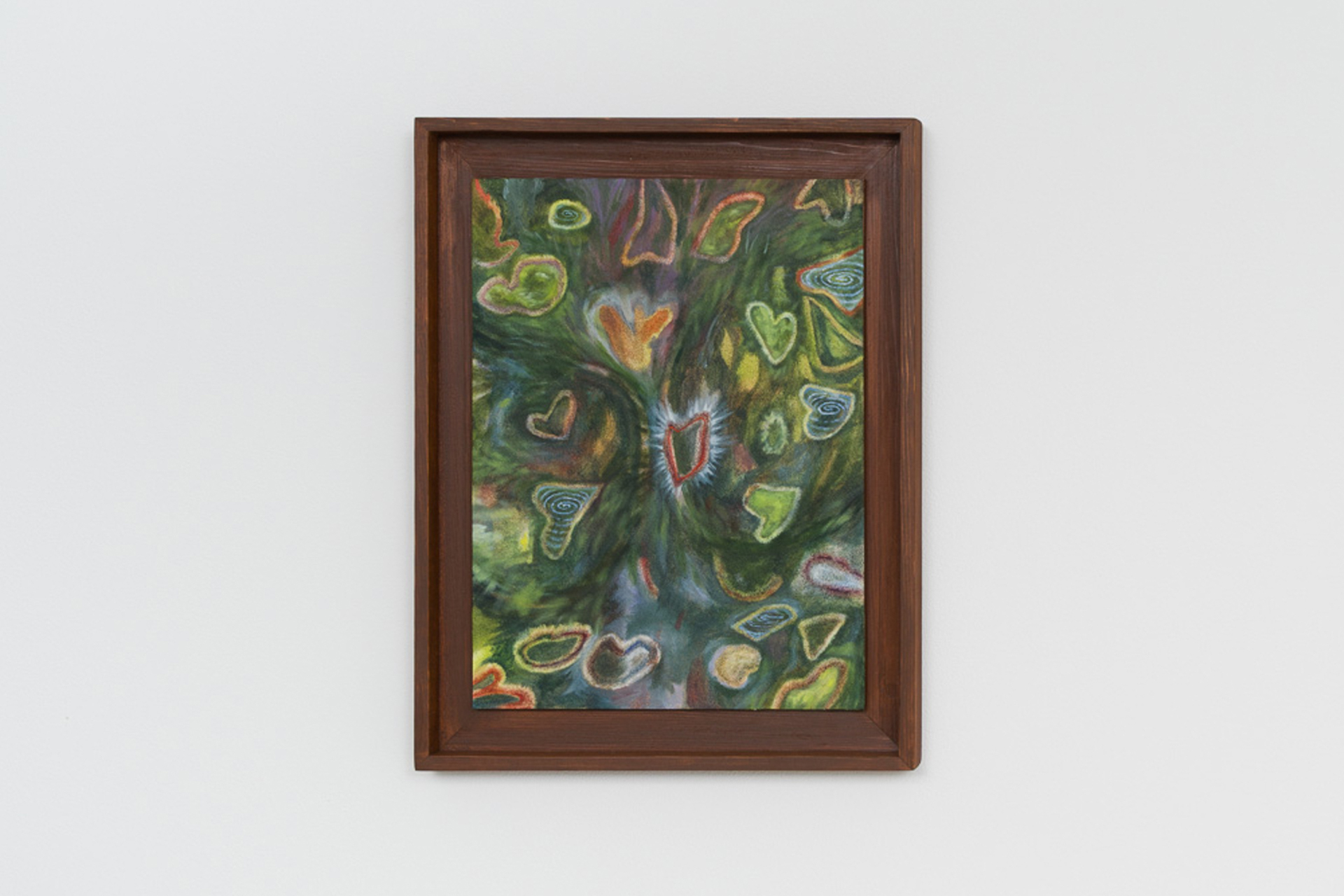





Stanley Street Gallery, Warrane/Sydney
2021
Tamara Marrington, Anna May Kirk, Catriona Secker, Rebecca Selleck and Chrystal Rimmer
Curated by Emma Pinsent
Saplings are not stagnant. By their very definition, saplings are dynamic — growing, branching out and forming connections. It’s a fitting title, really. It allows the encompassment of everything that this exhibition lends itself to; acting as a springboard to explore ideas relating to the Anthropocene, natural and social history, biology, ecology, climate change, memory, innocence, and birth and death.
Many of the artists mentioned the strange parallels that were drawn between their lives and the concept of saplings in the lead up to this exhibition. It’s not surprising, as all five artists; Rebecca Selleck, Tamara Marrington, Catriona Secker, Chrystal Rimmer and Anna May Kirk; deal with notions relating to the natural world in some way or another, and artists are, by nature, contextually responsive.
Nevertheless, I think it is an important point to note. We exist by virtue of the natural world — a world perfectly climatised for the actuation of life. Inevitably, one should assume that of course, parallels would be drawn between the artists and the notion of saplings — one cannot be separated from the other. Paul Adams, in his article Placing the Anthropocene: a day in the life of an enviro-organism (2015), puts this nicely — referring to this symbiotic relationship as an “ecological consciousness”.
“Ecological consciousness therefore must follow a contextual understanding of self-identity, based in not-always-human communications, requiring us to see the foundation of the human self as ‘out there’ in what we call ‘nature’ rather than just ‘in here’ in the mind” (Adams, 2015)
The artists in saplings are particularly attuned to this notion of the natural world and self-identity as a fixed partnership. In Young eastern grey (2021), Rebecca Selleck recalls a journey back home through national park, and the heart-wrenching moment where an eastern grey kangaroo joey died in her arms after rescuing him from his dead mother that was hit and left on the side of the road.
Selleck draws an emotional parallel between the joey, and her own son, who at 10 months old had spent most of his life in hospital from debilitating illnesses. Casting the joey in bronze, Selleck also pays homage to the kangaroo mother; signified by a Eucalypt sapling under which she was left, with bronze cast twigs and leaves. Much of Selleck’s work addresses the need for human accountability in environmental and ecology ethics in Australia, leaving the viewer wondering, who is responsible for the joey?
Tamara Marrington makes similar connections between memory, identity and the natural world. In Soft Front Strong Back (2021), Marrington paints a dried-up leaf in close view, surrounded by floating letters that attempt to congregate into words. This combination of imagery and text is not uncommon for Marrington, whose practice often takes the form of energetic environments; where plants, flowers and animals, are used as evocations of subjectivity and memory.
An obvious observation in Soft Front Strong Back is that the leaf is shaped like a heart. Not so obvious, is the artist’s embedded entanglement of emotion, memory and meaning, which upon further consideration, reveals itself in the leaf ’s rendering of a soft, skin-like complexion, and through Marrington’s words, “here is my heart, searching still, spiky but now a little softer, tentative”.
Through Marrington’s fusing of poetry and painting, one can’t help recall poetry by E.E Cummings:
“here is the deepest secret nobody knows (here is the root of the root and the bud of the bud and the sky of the sky of a tree called life; which grows higher than the soul can hope or mind can hide) and this is the wonder that’s keeping the stars apart i carry your heart (i carry it in my heart)” (Cummings, 1952).
Such metaphors that draw upon nature to convey feelings of the heart; are not new concepts in any sense and highlight traditional discourses into human/nature binaries (Power, 2005, p. 40). Considering the two as polars that must always fight for hegemony, is a reductive concept in any sense — humans do not work inde- pendently of nature, and nature is not independent of humans. In Tamara Marrington and also Catriona Secker’s work, such traditional readings are able to be evaded; allowing the melting of constituents together as one entity. For instance, in Secker’s work, we see the peculiar, surreal blending of microscopic organisms, plants, animals and human subjectivity.
Taking natural history illustrations as a starting point, Secker’s work speaks to the inherent processes, consciousness and connections present within nature. In Understory and Overstory (2021), Secker centres each painting around a single sapling “character”; illustrating the unspoken and unseen interconnection that binds organisms to ecosystems. By giving each character human elements, Secker draws us into considering our part in the scenario — particularly in Understory, where the form of the organism is reminiscent of a kind of bodily system; perhaps respiratory or reproductive. Such readings have the capacity to position two seemingly opposing organisms side-by-side — stirring the question: what is our part in this scenario?
Chyrstal Rimmer’s work expands upon this question, stipulating plastic’s impact upon the natural environment has redefined the state of the contemporary environmental landscape. The human vs nature dichotomy is something that Rimmer tries hard to destabilise. Through a rigorous studio-practice of breaking down waste plastic to be remodelled into the form of fallen trees, twigs, and fungi taken from the bush; Rimmer’s work not only conflates the human environment with the natural one — quite literally fusing the two together — but also straddles other opposing ideologies inherent in art; such as painting and sculpture. The painterly-like surface of melted plastics — that are restructured through the use of moulds and later, into an object upon cooling — becomes synonymous with Rimmer’s main argument: “to dismantle problematic ideologies including nature’s oversimplification as an entity in opposition to man.”
Rimmer’s suggestion of plastic as being inextricable to the natural environment, speaks to a growing concern for the mitigation of discrepancies between industrial and economic aims, the sustainability of the natural environment and the safety of people in future generations.
Anna May Kirk engages with this concern, too, in Exhalation (2021). Standing amidst the backdrop of the 2020 bushfires, which saw the nation stir into climate emergency, the work references climate concerns throughout history. By appropriating "pomader balls” — vials commonly used during the Middle Ages that were filled with perfumes like civet and musk, seen to deter polluted air that was perceived to be the work of witches; and Victorian era “tear bottles” — Exhalation points a finger at similar denialist sentiment that circulated during 2020: that the bushfires were a result of arsonists and not directly related to climate change. Interestingly in Exhalation, the biomorphic glass vial — which Kirk fills with a combination of native essential oils, spices and other scents — is thread, hung and mounted to a glass mirror in the angled shape of Medieval paintings. Decisions such as these are undoubtedly deliberate and as the viewer looks back at their own reflection, Kirk asks us to consider the mirroring of past and future and the viability of the world, not only for ourselves, but for future generations.
Pausing for a moment to consider this, I return to the initial image of a sapling. Green-as-green in it’s fresh new growth, embarking of new beginnings and looking to the future. This here, is the bottom line, in what seems is an exhibition made up of many divergent, mirroring and aligned concepts. As much as saplings is about looking at the natural world through the lens of past experience — challenging outmoded perceptions of human beings as independent from the natural world — it is also deeply rooted in the future. What will become of the green-as-green sapling, with many odds stacked against it? Whilst such a question certainly poses as pessimistic, saplings, I believe, is grounded in hope. If art is good at anything, it is the ability to digest contemporary concerns and concepts; chewing the curd and spitting out the parts it doesn’t like. Where saplings defines itself beyond that though; is in it’s ability to reflect, draw parallels, challenge and generate conversations about not only the past and present — but the future, too.
Text by Emma Pinsent
Documentation: Docqment